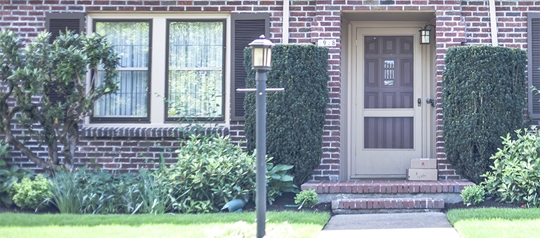Protocol for short-term radon testing calls for "closed house conditions" to most accurately measure a home's potential for Radon exposure. Under closed house conditions the Radon trapped inside the structure is not diluted by outside air. In a short-term Radon test the closed house condition supports measurement of the maximum Radon level. However, closed house conditions are not required for long-term radon testing because long-term tests are intended to measure Radon levels occupants are exposed to under normal living conditions.
There are many factors that affect Radon levels in a house. Opening windows and exterior doors may cause radon levels to drop as indoor air gets diluted by outside air. But it is not unusual for Radon levels in a house to actually increase due to open windows. For example, an open window on the top floor of a house can cause more radon to be drawn into the basement as a result of the "stack effect." So, the best way to test radon, short-term, is under closed-house conditions.
Before you test, prepare for closed-house conditions:
- Testing apparatus should be placed at the lowest livable level
- Three feet from doors and windows, away from heat source or humidity
- Windows remain closed before and during the test
- Maintain regular entry and exit through exterior doors
- Maintain normal HVAC operation but no house or window fans
- If a mitigation system is in place, keep it running
If you have any questions about short-term testing in your home contact us or call us at (503) 719-6715.

